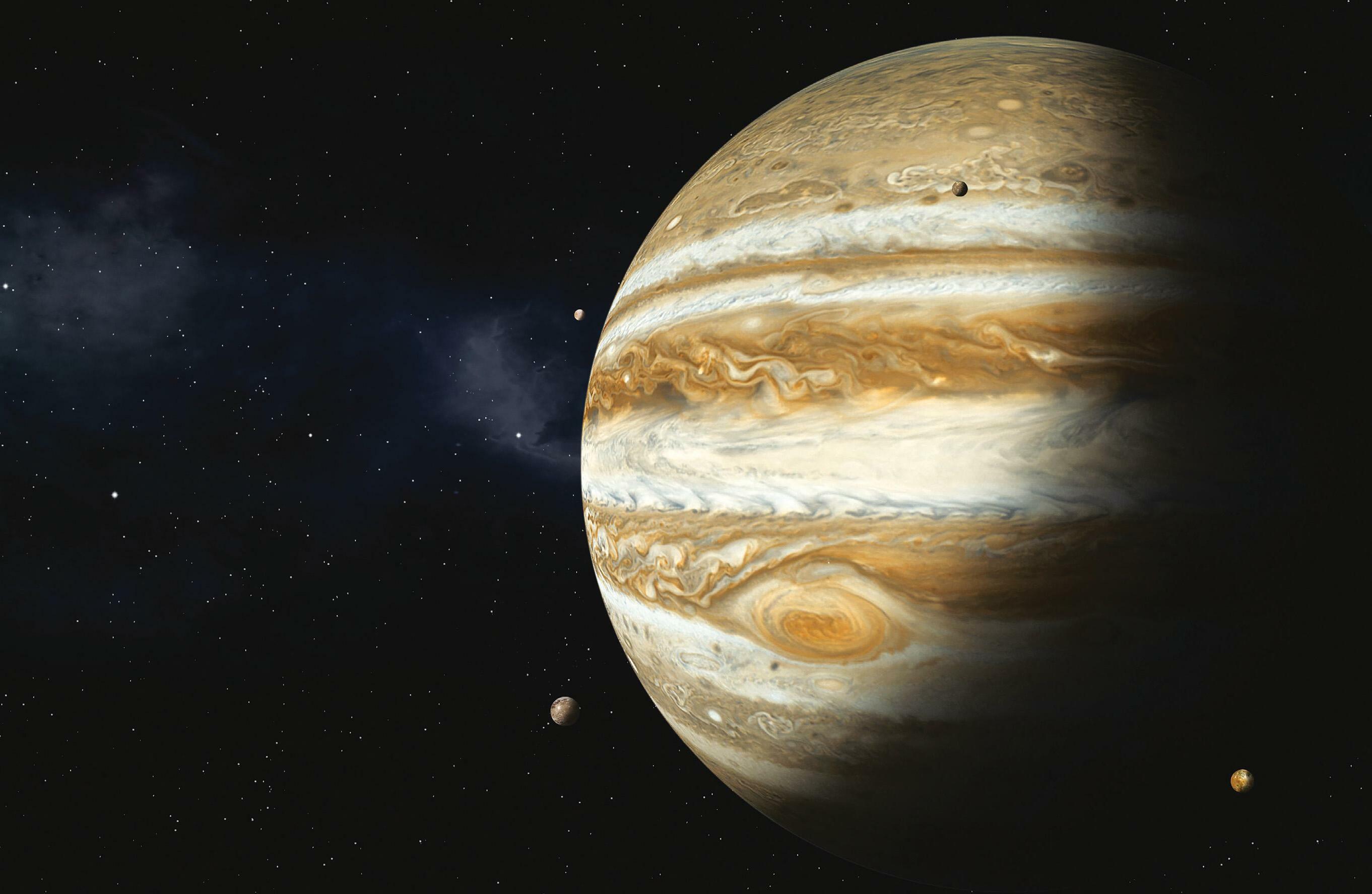
Large enough to fit every other planet inside, it’s no surprise Jupiter holds the title of “King of the Solar System”.
Last year the European Space Agency sent the Jupiter Icy Moons Explorer (JUICE for short) on the long journey towards the planet, and this October NASA will launch the Europa Clipper to join it on its way. The trip will take five and a half years, because Jupiter lies around 484 million miles from the Sun – five times further away than Earth.
With its century-long storms, deadly radiation and a glittering assortment of moons, the solar system’s largest planet is a fascinating – and deadly – place to visit.
A giant gassy ball
Jupiter is around 86,881 miles wide and it contains more than twice as much mass as every other planet put together. The more material a planet has, the stronger its gravity. So, if you stood on a set of scales on Jupiter you would be nearly two and a half times heavier than you are on Earth. You wouldn’t be any bigger – the planet is just pulling down on you more.
You’d have a tough time standing anywhere on Jupiter though, because it’s a gas giant. The solar system’s inner planets – Mercury, Venus, Earth and Mars – are mostly made of rock, but Jupiter is entirely made of its atmosphere.
The planet is about 90% hydrogen gas, the lightest known element in the universe. Most of the remaining 10% is helium, the gas used to fill balloons so they float. There are also trace amounts of other chemicals, such as water and ammonia (which is used on Earth to make plant fertilisers), which form Jupiter’s clouds.
Jupiter’s outer atmosphere is about 30 miles thick. Below this, there is a layer of hydrogen and helium 13,000 miles thick, which changes from gas to liquid as the depth and pressure increase. Under this lies a deep sea – 25,000 miles deep – of liquid metallic hydrogen.
Denne historien er fra Issue 79-utgaven av The Week Junior Science+Nature UK.
Start din 7-dagers gratis prøveperiode på Magzter GOLD for å få tilgang til tusenvis av utvalgte premiumhistorier og 9000+ magasiner og aviser.
Allerede abonnent ? Logg på
Denne historien er fra Issue 79-utgaven av The Week Junior Science+Nature UK.
Start din 7-dagers gratis prøveperiode på Magzter GOLD for å få tilgang til tusenvis av utvalgte premiumhistorier og 9000+ magasiner og aviser.
Allerede abonnent? Logg på

Camera Obscura
Imagine stepping inside a dark room, where the only source of light comes through one small hole in the wall.

MANCHESTER SCIENCE FESTIVAL
From 18-27 October, shoppers at the Arndale shopping centre in Manchester, England, will face a giant spider.

Should musicians stop touring?
Multiple concerts travelling around the world have a big impact on the environment.
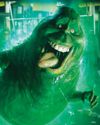
Are ghosts real?
Plenty of people believe in ghosts, but it's hard to find proof.

SMASH STEREOTYPES
In an extract from his prize-winning book, scientist and writer Adam Rutherford shows you how to use the power of science to fight racism. This chapter, titled Myth-Busting, is all about sport.

Animal awareness
What would it feel like to be another animal?

Hamza Yassin
Go behind the camera with a wildlife filmmaker.
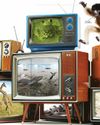
WILDLIFE WATCH
Ben Hoare goes on a safari from his sofa to discover how nature documentaries are made.
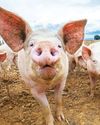
Big bum breakthrough
A team of researchers who found out that mammals can breathe through their bottoms have won a prize at the lg Nobel awards.
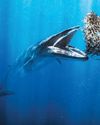
A jaw-dropping undersea snap
A photograph of a Bryde's whale feeding on a heart-shaped \"bait ball\" of sardines has won the Ocean Photographer of the Year contest.